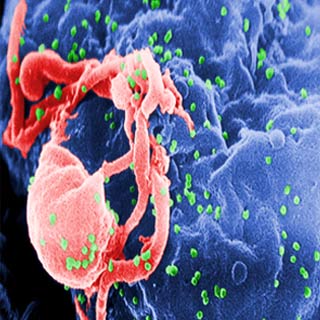
Two teams of scientists counting Los Alamos National Laboratory theoretical biologists Bette Korber, Will Fischer, Sydeaka Watson, and James Szinger have declared an HIV vaccination strategy that has apparently exhibited to extend the breadth and depth of immune responses in rhesus monkeys. Rhesus monkeys seem to be the best animal model presently obtainable for examining HIV vaccines.
The research apparently sketches a plan known as ‘mosaic vaccines’ for decreasing the transmission of HIV, the virus that causes AIDS. The mosaic vaccine design supposedly utilizes computational techniques created at Los Alamos to generate minute sets of exceedingly uneven artificial viral proteins. These proteins, in combination, could offer almost optimal coverage of the varied types of HIV circulating in the world today.
Dr. Dan Barouch of Beth Israel Deaconess Medical Center at Harvard University accounted for promising vaccines that were implanted in specific vectors, organisms that apparently spread pathogens to a host that were created in his laboratory specially to make powerful ‘Killer T cell’ reactions. Killer T cells apparently facilitate our immune system to identify and destroy virally contaminated cells.
When this vaccine was said to be utilized to immunize rhesus monkeys against HIV-1, the scientists seem to note up to four-fold development in the monkeys’ immune response to HIV-1, as opposed to natural vaccine strains similar to those that have been used in the past. Drs. Norman Letvin and Sampa Santra, supposedly applied a separate HIV mosaic vaccine construct that seem to motivate an immune response stressing on ‘Helper T cells’, types of cells supposedly needed to stimulate and control several factors of an immune response.
This research also appeared to exhibit an augmented breadth and depth of anti-HIV immune reactions to the vaccine. Both methods apparently illustrated that mosaic vaccines seem to enhance the immune response against genetically different HIV-1 viruses.
The research was published in Nature Medicine.
